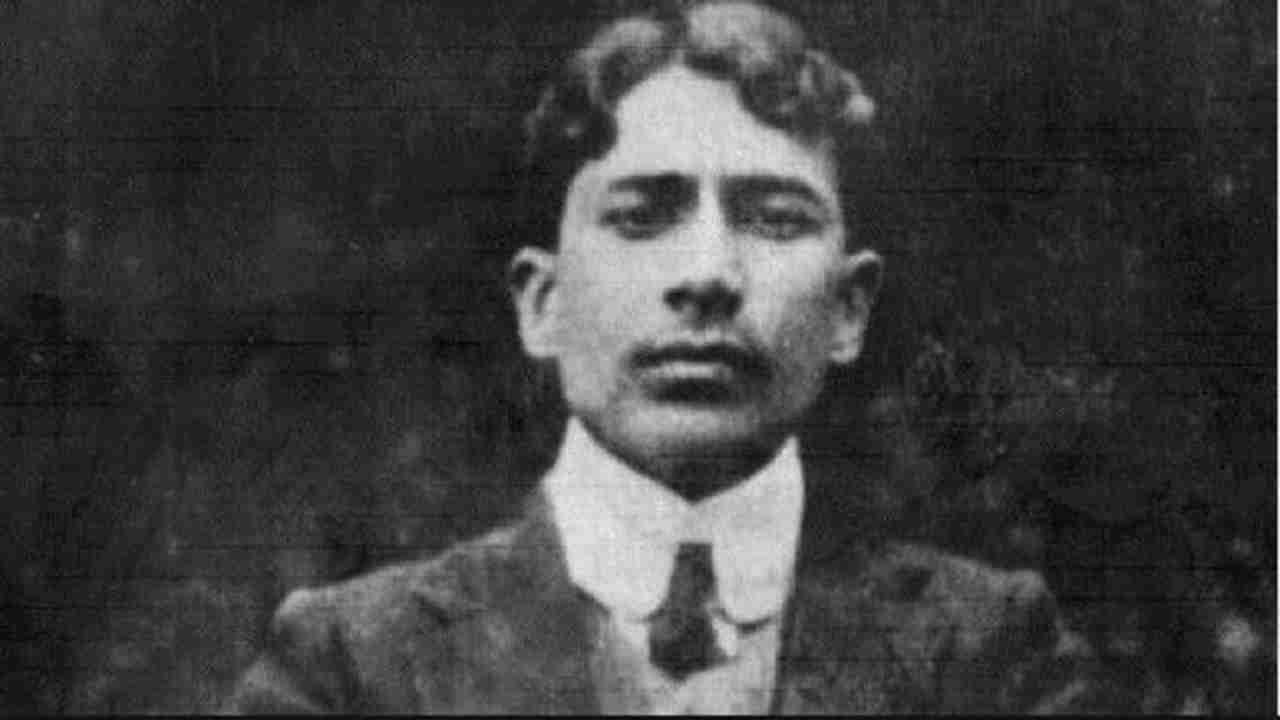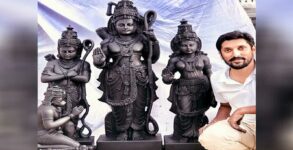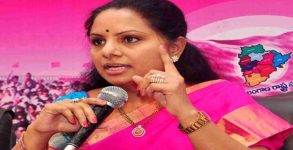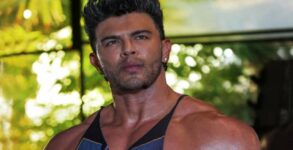Madan Lal Dhingra was perhaps the first Indian freedom fighter to be executed on British soil on August 17, 1909. He was pained over the partition of Bengal in 1905 and came in contact with other revolutionaries Vinayak Damodar Savarkar, Shyam Ji Krishna Varma, and decided to assassinate a British official Sir William Hutt Curzon.
On 1st July 1909, Madan Lal Dhingra killed Curzon in London.
In 1977, the ashes of Madan Lal Dhingra were flown back to India. Among those who paid their homage to the martyr were President Ahmed, Prime Minister Indira Gandhi, Congress President D. K. Borooah. The Punjab Chief Minister and his entourage personally escorted the casket on its journey from Delhi to Punjab.
Madan Lal Dhingra was born on 18 September 1883 in Amritsar. His father was an eye specialist and Civil Surgeon of Amritsar. Some say he was the first Indian doctor to reach that eminent position. Madan Lal was the sixth of his seven sons. Two of Madan Lal’s brothers were doctors, one was an MRCP (1895); two other brothers were barristers. Dhingra studied for Diploma in Civil Engineering at University College, London from 1906-09. Rabindranath Tagore studied English Literature at the same college from 1878-1880.
On the occasion of his death anniversary, here are some lesser-known facts about the Freedom Fighter:
- Madan Lal Dhingra was expelled from his college when he was a student in the Master of Arts program. At the time, he was heavily influenced by the Swadeshi movement.
- He came in contact with Indian revolutionaries Vir Savarkar and Shyamji Krishna Varma. They were taken by his perseverance and patriotism. He also became a regular member of India House in London.
- While he was studying in England, he assassinated William Hutt Curzon Wyllie who was a British official. This assassination is considered to be one of the first actions of the armed revolution during the Indian freedom struggle.
- After the assassination, he tried to kill himself but was unsuccessful and arrested.
- His body was denied Hindu rites after his execution and was buried by the British government. The authorities also refused to hand over the body to Vir Savarkar. His coffin was accidentally found when the authorities were searching for remains of Shaheed Udham Singh.


















